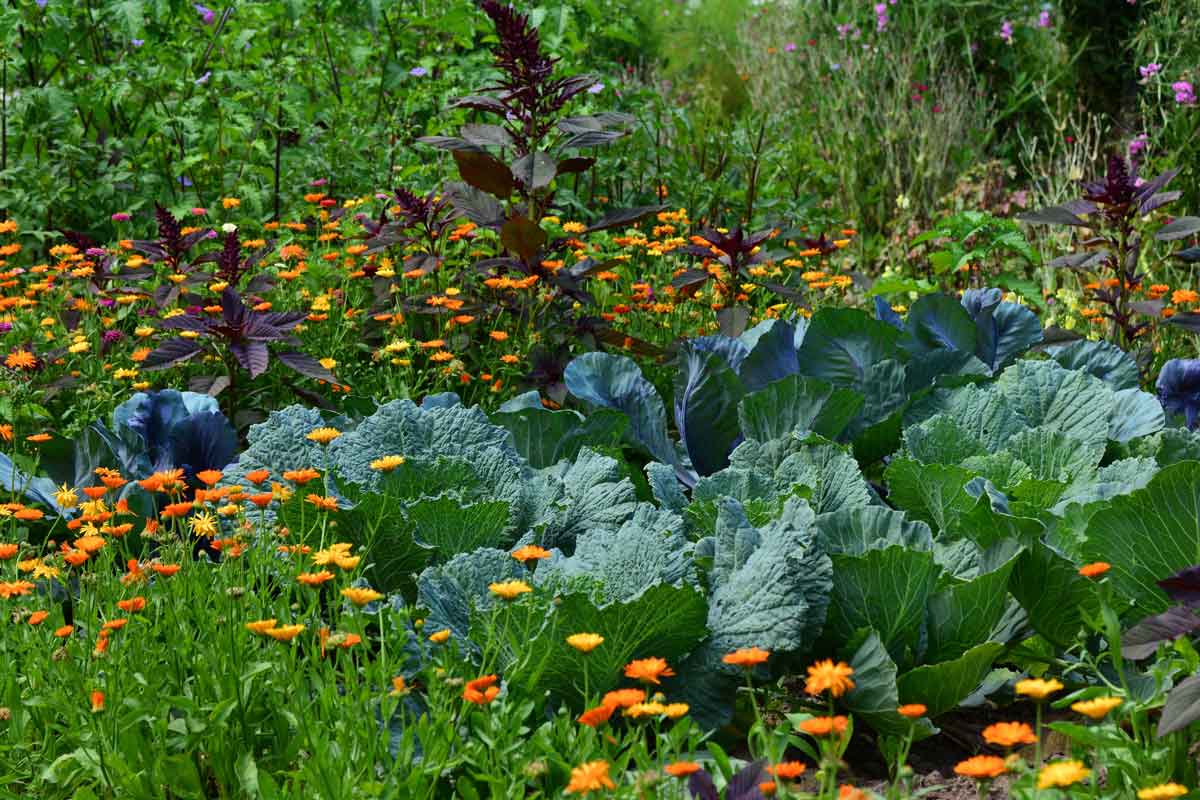
Starting your first vegetable garden - A guide for beginners
easy and practical!
Contents
Do you feel like a gardener and want to create your first vegetable garden to grow your own vegetables? Congratulations!
Whatever your motivation, whether it’s the pride of producing your own vegetables without chemical fertilisers or pesticidal products, finding a moment to share with family or friends, or the desire to return to nature, the pleasure of cooking with good produce, unwinding, or even getting some exercise while gardening, growing your vegetable garden brings many satisfactions.
However, the journey of a beginner gardener is often fraught with challenges! Rest assured, every gardener has been there! Just as a pianist will gain dexterity by practising their scales, a gardener will succeed in their vegetable garden by observing and adjusting their practices. And even though experience is key, here are some basic tips that will give you all the tools you need to start your vegetable garden successfully.
If you are embarking on your vegetable garden for the first time, discover some tips from Ingrid and Olivier in our podcast:
https://podcasters.spotify.com/pod/show/promesse-de-fleurs6/episodes/7–Making-your-first-vegetable-garden–guide-for-beginners—Promesse-de-fleurs-e2h44v7
When to start a vegetable garden?
A vegetable garden is usually started in spring, as it is indeed the peak time for sowing and planting a good portion of vegetables and soft fruits. It is in May that the vast majority of sowing and planting takes place for summer crops. However, the preparation of the site can be anticipated; we will return to this later.
A common mistake when starting out is to want to sow or plant at the wrong time, either too early or too late. However, each vegetable has its climate requirements. Seeds sown too early do not germinate or do so poorly and are outcompeted by “weeds,” which are very vigorous in spring. Furthermore, if you plant frost-sensitive young plants too early, such as tomatoes, the plant may struggle or die due to excessive cold.
It is therefore essential to find out the best sowing and planting times for each vegetable you plan to grow. Rest assured, for many vegetables, you can sow and plant several months of the year. That is why I recommend referring to our sowing calendar at the end of this article.
What pruning?
The area dedicated to the vegetable garden depends, of course, on the available space but especially on:
- the space requirements for vegetables,
- the time you can dedicate to your garden.
When starting a vegetable garden, without knowledge of the soil and without knowing how to handle tools, it is best to start small! I recommend a first-year area not exceeding 10 m² if you think you will have little time; you can expand it according to your results the following year. It is always more encouraging to take good care of this small area and the few young plants, their maintenance, and all the tasks (sowing, planting, as well as weeding, watering…) than to struggle with a large plot.
If, in the long run, growing your vegetables becomes a passion or a necessity, know that a well-managed vegetable garden of 300 m² (add 200 m² for an orchard) provides more than enough small fruits and varied vegetables for a family of four, including jars and preserves!
Discover other Vegetable gardens
View all →Available in 0 sizes
Available in 1 sizes
Available in 1 sizes
Available in 1 sizes
Available in 1 sizes
Available in 1 sizes
Available in 1 sizes
Available in 1 sizes
Available in 1 sizes
Available in 1 sizes
The location and exposure of the vegetable garden
When setting up your vegetable garden, it is particularly important to seek the best possible sunlight. Most vegetables need to be exposed to sunlight for at least a good part of the day. Therefore, the vegetable garden should ideally be oriented towards the South.
Good air circulation is also important; the vegetable garden should be located in a well-ventilated area, not confined, but ideally protected from prevailing and cold winds. The presence of a wall or a not-too-high hedge is advantageous for shielding the plot.
The ground should ideally be flat or slightly sloped to limit the risks of leaching. These types of ground are also easier to cultivate. However, a slope that is too steep can still be converted into terraces.
The ground must also be well-drained: indeed, overly wet soil that retains water poses risks of root asphyxiation.
The quality of the soil plays a crucial role in the good growth of vegetables as they draw the necessary elements for their growth, water, and mineral salts from it. The ideal soil is arable (easy to work), deep, rich in organic matter, and alive with insects, earthworms, and microorganisms.
Rest assured, this ideal soil is relatively rare! And if you are starting your vegetable garden from a short grass meadow, you may not have this type of soil immediately, but any soil can be improved!
To read, on the subject: “Nourishing the soil naturally”
Read also
Sowing vegetable seedsLayouts - What type of vegetable garden?
The Square Vegetable Garden
The square vegetable garden has become very popular in recent years among gardeners. Indeed, this type of garden, inspired by medieval gardens, is very aesthetic and allows for higher cultivation, which is particularly beneficial for drainage. It is the ideal solution when dealing with heavy soil.
The method involves growing vegetables within squares defined by wooden boards. The “classic” square measures 1.2 m on each side and can then be subdivided into 9 small squares of 40 x 40 cm (or 16 small squares), allowing for precise sowing and planting of vegetables. Depending on their size at ripeness, a density will be chosen for each small square. For example, one tomato plant will be placed in one small square, 2 small rows of carrots in another, and so on…
To learn more, check out Ingrid’s article on the square vegetable garden: how to build the squares, the advantages, and also the disadvantages of this method.
The Traditional Vegetable Garden
The traditional vegetable garden, also known as the row garden, is the classic method of cultivation in open ground. It closely resembles production methods in market gardening, where the aim is to produce a single species of vegetable on the same bed. This type of garden can be adapted to the preferences of each gardener and can evolve into a more diverse garden: the line garden, where the goal is to combine crops to increase overall production, deter pests from a crop, and avoid monocultures. However, these types of gardens do require space.
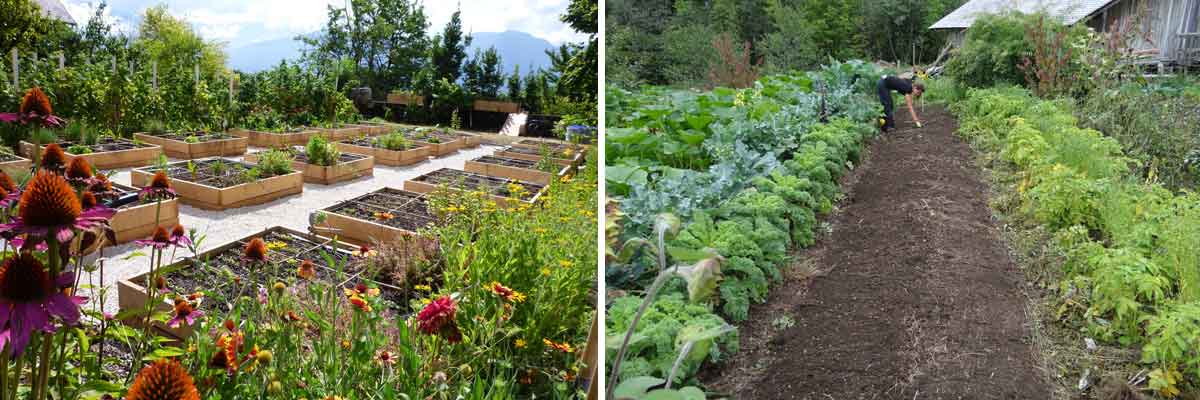
The square vegetable garden at the Château des Allues – A traditional vegetable garden (photo Pierre Gilbert)
Your Custom Vegetable Garden!
Your vegetable garden is yours… You can also “innovate” or take liberties by creating, for example, rectangles of 1.2 m x 3 or 4 metres, or even embark on a round garden, mandala-style! Everything is possible, but keep in mind that the plot should not become too difficult to cultivate. Also, think about providing paths or stepping stones to move around without walking on the cultivated soil.
Easy vegetables to get started
Some vegetables are known to be difficult for various reasons: delicate sowing, frequent pests, quick bolting… Avoid them at first, as you may waste your time! To get started, nothing beats easy-to-grow vegetables. Here’s my selection:
- Swiss chard is a robust vegetable that grows without difficulty.
- Salads: lettuces and chicories grow quickly (see our sheet Easy-to-grow salads for beginners)
- Kale is almost… foolproof!
- Squashes (pumpkins, butternuts, etc.), once planted in good soil, will yield generous harvests!
- The courgette, well-established and regularly watered, will be productive all summer long.
- The shallot is the easiest to succeed within its allium family.
- The spinach is simple to grow, as long as it has rich soil and is well-watered.
- The broad bean, pea, and bean germinate easily; with the right care, your harvests will be generous.
- The potato is rewarding… when it doesn’t encounter the Colorado beetle and blight!
- Radishes are very quick to obtain; under good conditions, it takes just a month from sowing to harvest.
- Rhubarb is perennial, regrowing each year without issue and becoming increasingly generous, as long as it is well-fed, once a year!
- The tomato is the exception on this list, as it is more delicate to grow; indeed, it is quite sensitive to certain diseases like blight. But what would a vegetable garden be without the queen of the garden?!
- The Jerusalem artichoke is resistant to everything, even to the gardener, as once well-established, it is difficult to dislodge!
- Parsley, chives, thyme, sage, rosemary, and mint are the easiest herbs to grow.
Learn more in our article Beginner’s Vegetable Garden: 7 ultra-easy vegetables to grow.
The Right Quantity
For a “typical” family, it is of course unnecessary to plant 30 cucumber plants or to sow all the seeds from a packet of carrots! However, it is not always easy to know the right quantity to sow and plant, especially since years vary. Moreover, a very generous crop one year may be much less productive the following year. That’s the unpredictability of gardening! My advice: diversify your crops while considering the available space. To do this, creating a quick sketch can be helpful!
Prepare your soil
How to Prepare the Soil for Your Vegetable Garden
To prepare a vegetable garden from a short grass meadow or grassy area, the first step is to weed the area intended for cultivation.
For this, you have two options:
- Weeding by occultation in autumn. Easier but requiring several months, this technique involves covering the plot with cardboard or, better yet, a thick layer of straw (at least 20 cm thick). Deprived of light and air, the grass will die, and the roots will decompose. Occultation is ideal if you practice it in autumn; you will find the plot “cleaned” in spring and can quickly start sowing and planting.
- Weeding with a hoe in spring. More physical than the previous technique, this method offers immediate results. To weed with a hoe, start by warming up… then, using a hoe or spade, remove all the short grass or weeds, roots included. To properly remove all the roots, you need to strip at least 5 centimetres of soil. This technique should be done in spring.
Your soil is now bare; you must now loosen it, compacting it deeply. And we regret to inform you that this step is not optional, it largely determines the success of your vegetable garden.
Indeed, for proper growth, the roots of vegetables need to be able to explore the soil easily. If the soil is compacted and impermeable, the roots will struggle to seek out the water and nutrients necessary for their growth. The results will be evident: your seeds will have difficulty germinating, your plants will struggle to root, and, in the best case, your vegetables will remain stunted.
To deeply loosen the soil while respecting it, equip yourself with a broadfork or a spading fork and proceed as follows:
- Insert the tool fully into the soil, then with a rocking motion, lift the soil without turning it over.
- Progress by stepping back (it would be a shame to walk on loosened soil!) across the entire plot.
- Using a cultivator, break up the large clumps to refine the soil structure.
Be careful, this is about loosening and not turning the soil over. Even if your grandfather did it, this technique is now discouraged as it is harmful to soil life.
The final step is to fertilize the plot to nourish the soil to nourish the vegetables. For this, you will add compost. Count about 3 kg of compost per m². Spread it over the soil and then incorporate it into the top layer of the soil using a cultivator. You can also use pelleted manure, which is very convenient and easy to use. Check out our video on how to use manure in the garden or vegetable garden. Finish the operation by leveling and breaking up the smaller clumps using the cultivator and then the rake.
Your plot is now ready to receive your sowing and planting!
The tools
Beginner gardeners often feel quite overwhelmed by the many tools available in garden centres. Here are some useful tools to start your vegetable garden:
Deep Aeration Tools
- Fork and grelinette are two tools used to loosen and aerate the soil to a depth of 30 centimetres. To preserve the layers of soil, these tools are simply pushed into the ground and then, by a backward rocking motion on the handle, they allow the soil to be lifted. The grelinette allows for working a larger area, and the presence of two handles also makes the task easier.
Surface Working Tools
- The rake is an essential multifunctional tool: it helps to loosen the soil, break clumps, remove root remnants, and superficially incorporate amendments and green manure, etc.
- The hoe is used for weeding (Lapalisse would have said the same!) that is to say, to “decapitate” young adventive plants (weeds) or to break any crust on the soil surface to make it permeable to water and air.
- The hand hoe is also multifunctional: it allows for deeper loosening than the hoe. It is also handy for weeding more established herbs. Finally, it allows for “earthing up,” a process that involves bringing soil around the stems of cultivated plants, for example, around potatoes.
- The rake helps refine soil preparation before sowing. It is also used to compact (“firm”) the furrow by using its back.
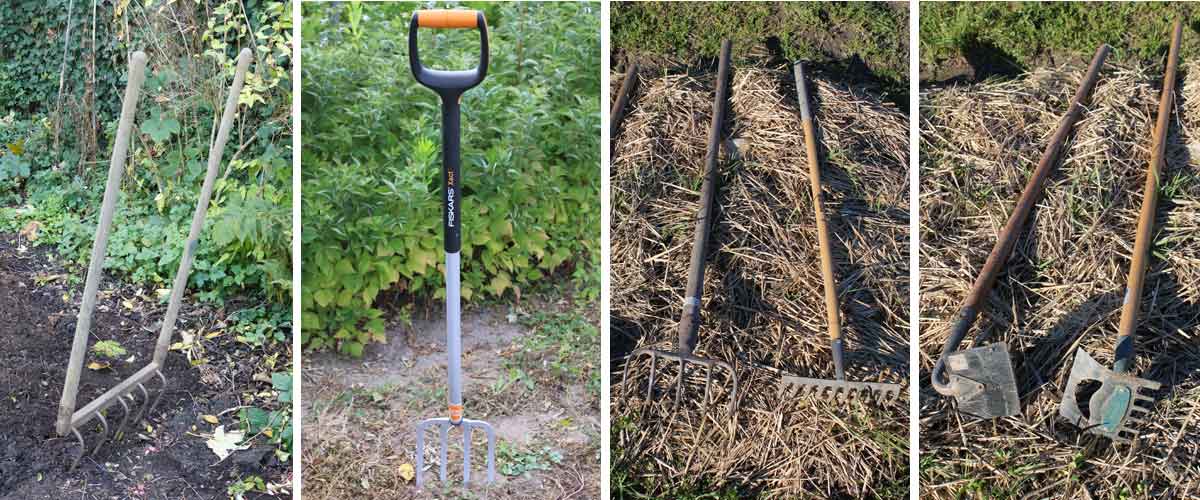
Grelinette – Fork – Rake and 2 types of hand hoes
Tools for Sowing and Planting
- The dibber is pushed into the soil to plant bare-root or potted vegetables, such as lettuces, leeks, cabbages, etc. It also allows for “bedding,” a gesture that involves compacting the soil around the roots.
- The trowel is used to plant seedlings in clumps by digging holes the size of the clump.
- The string line is used to mark out rows and align vegetables, guiding the hoe to create furrows, etc.
- The hoe is used to create furrows for sowing or transplanting.
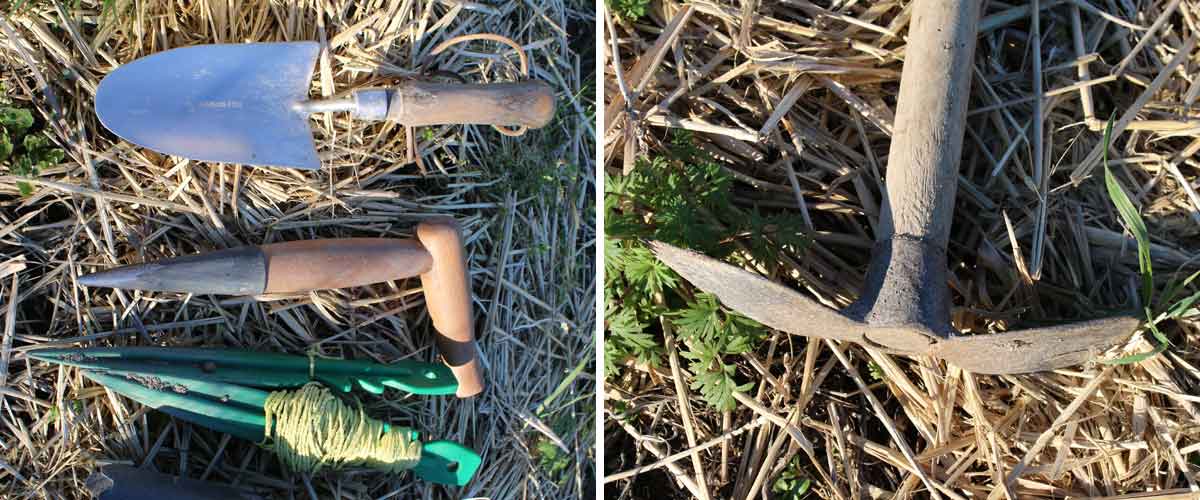
From top to bottom: Trowel, dibber and string line – Hoe on the right
Other Tools
- The knife is always very useful for harvesting various vegetables, cutting string for staking, preparing plants, cutting off suckers from tomatoes, etc.
- The watering can is essential; it allows for watering either from the spout on well-established plants or from the rose for sowing, to water gently.
Also, check out our advice sheet: 8 essential tools for the vegetable garden.
Sowing / Planting Calendar for Main Vegetables
Sowing and planting dates can vary depending on the variety but especially the climate of your region. Therefore, it is essential to read the information on the seed packets and also consider the weather! Nevertheless, here is a simplified calendar that can serve as a basis for getting started.
| Vegetable | sowing indoors or in a heated shelter | direct sowing or planting in the vegetable garden |
| Tomato | from late February to late April | after 15 May |
| Courgette | from mid-April to mid-May | after 15 May |
| Aubergine | from February to late March | after 15 May |
| Cucumber/Pickle | from mid-March to late April | from May to late June |
| Squash/Pumpkin | from mid-March to late April | from May to late June |
| Pepper/Chili | from February to late March | after 15 May |
| Beetroot | / | from April to late June |
| Carrot | / | from March to mid-July |
| Shallot | / | from February to late April and then from October to November |
| Onion | / | from March to late April |
| Potato | / | from mid-March to mid-May |
| Radish | / | from March to late September |
| Basil | from March to late April | after 15 May |
| Cabbage | / | from April to late June and then from mid-August to mid-September |
| Lettuce | from mid-February to March | from April to late September |
| Spinach | / | from March to mid-May |
| Parsley | from March to late August | |
| Leek | from March to late May and then planting until mid-July |
Feel free to check our vegetable sheets to find out when and how to sow and plant each vegetable in the garden.
To go further
Discover also the video by Olivier and Patrick: How to structure your vegetable garden to make work easier?
- Subscribe!
- Contents
































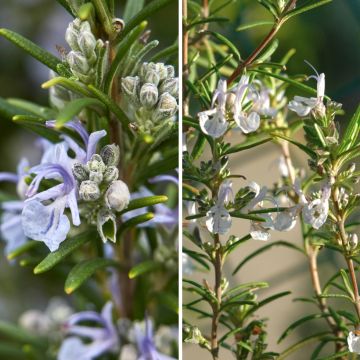
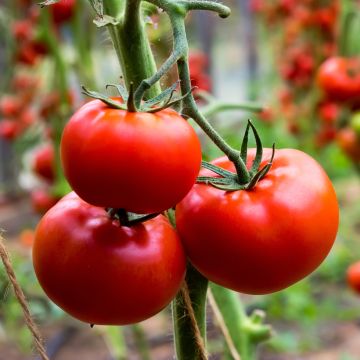
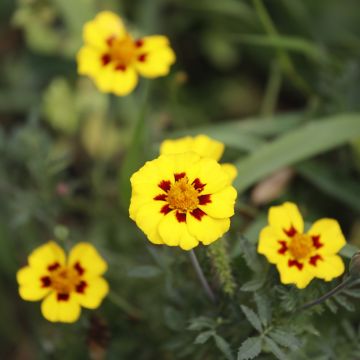
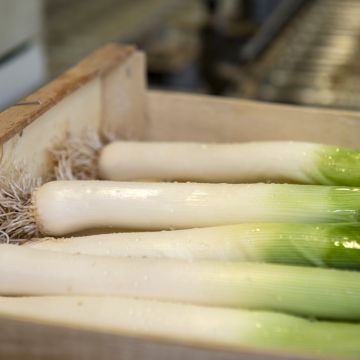
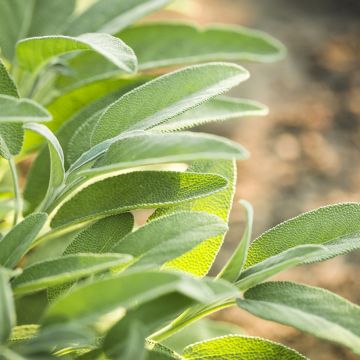
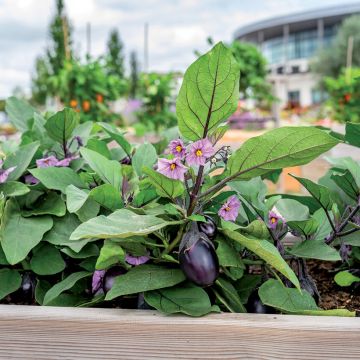



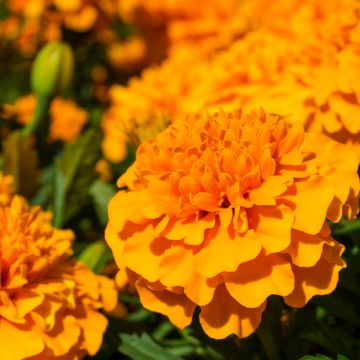
Comments